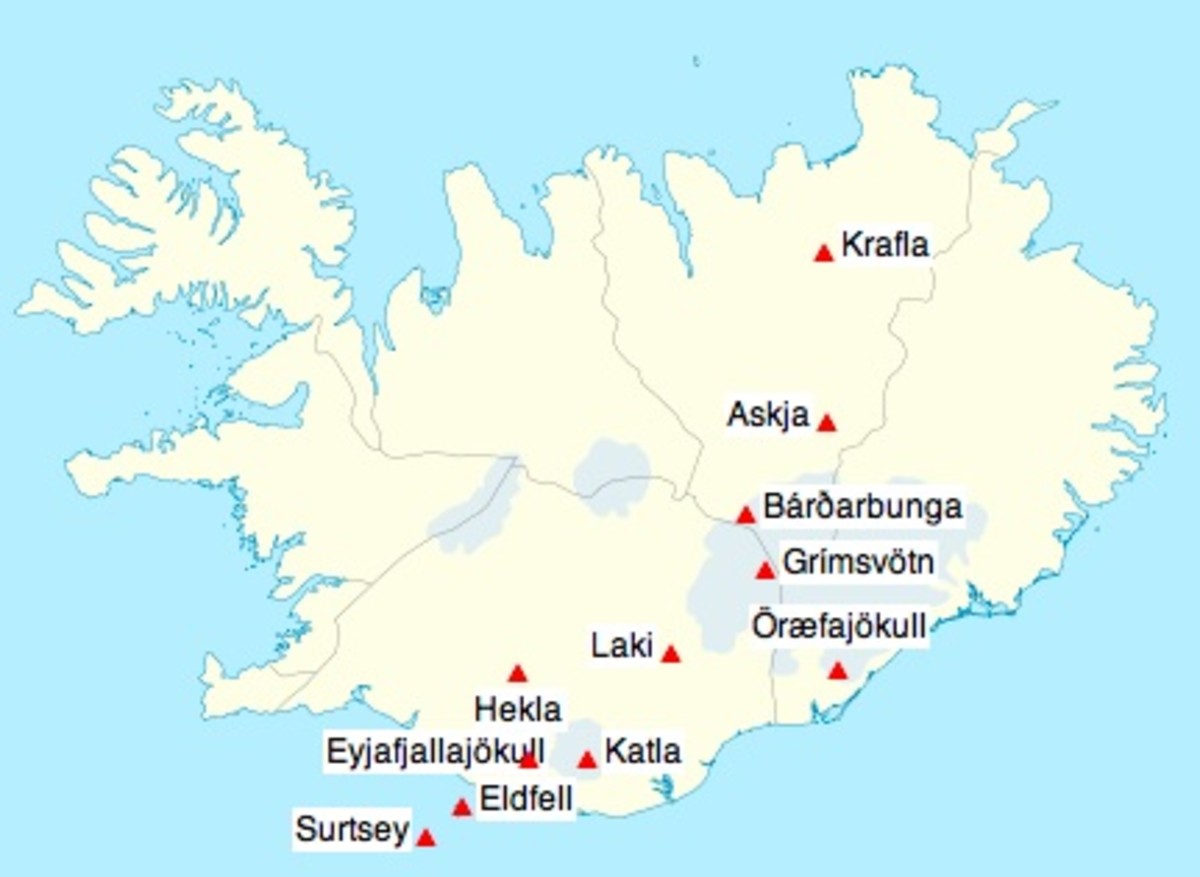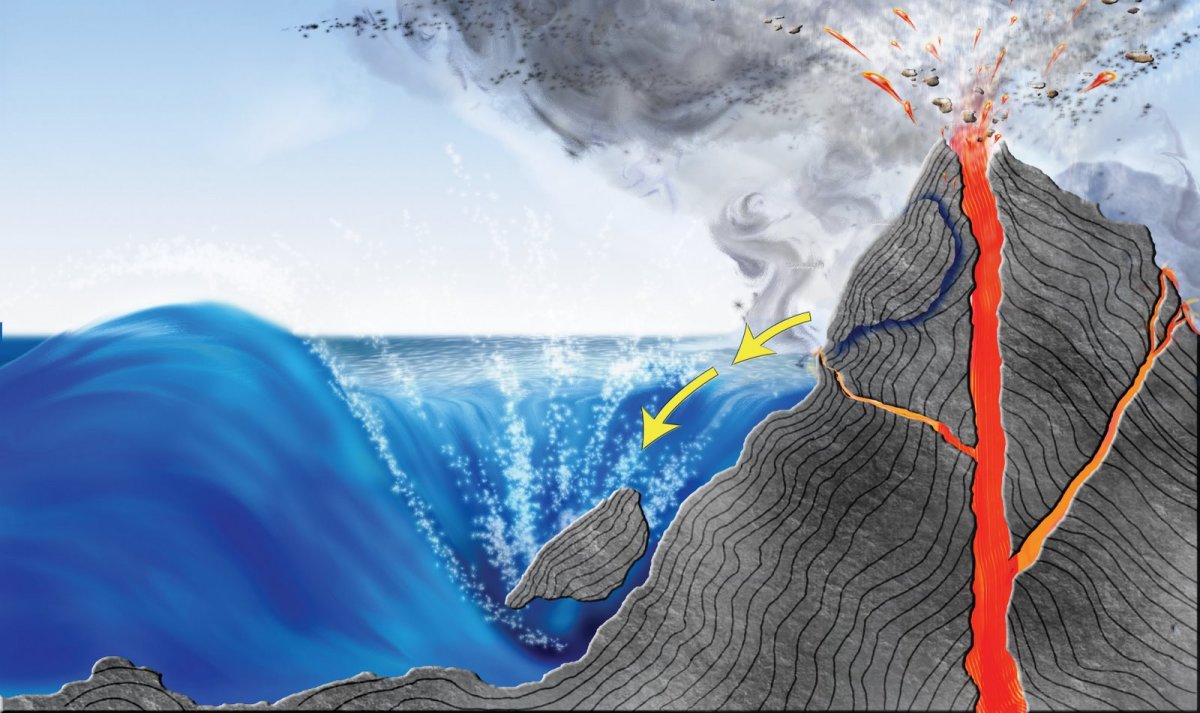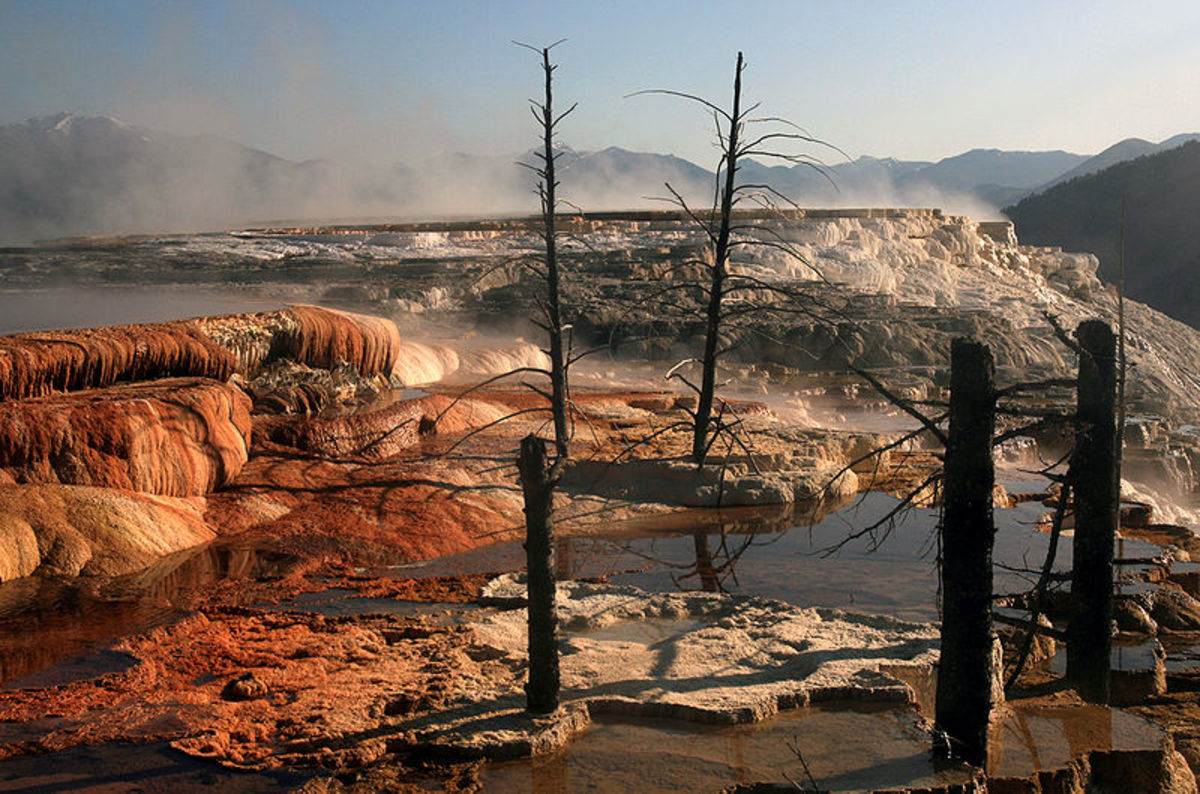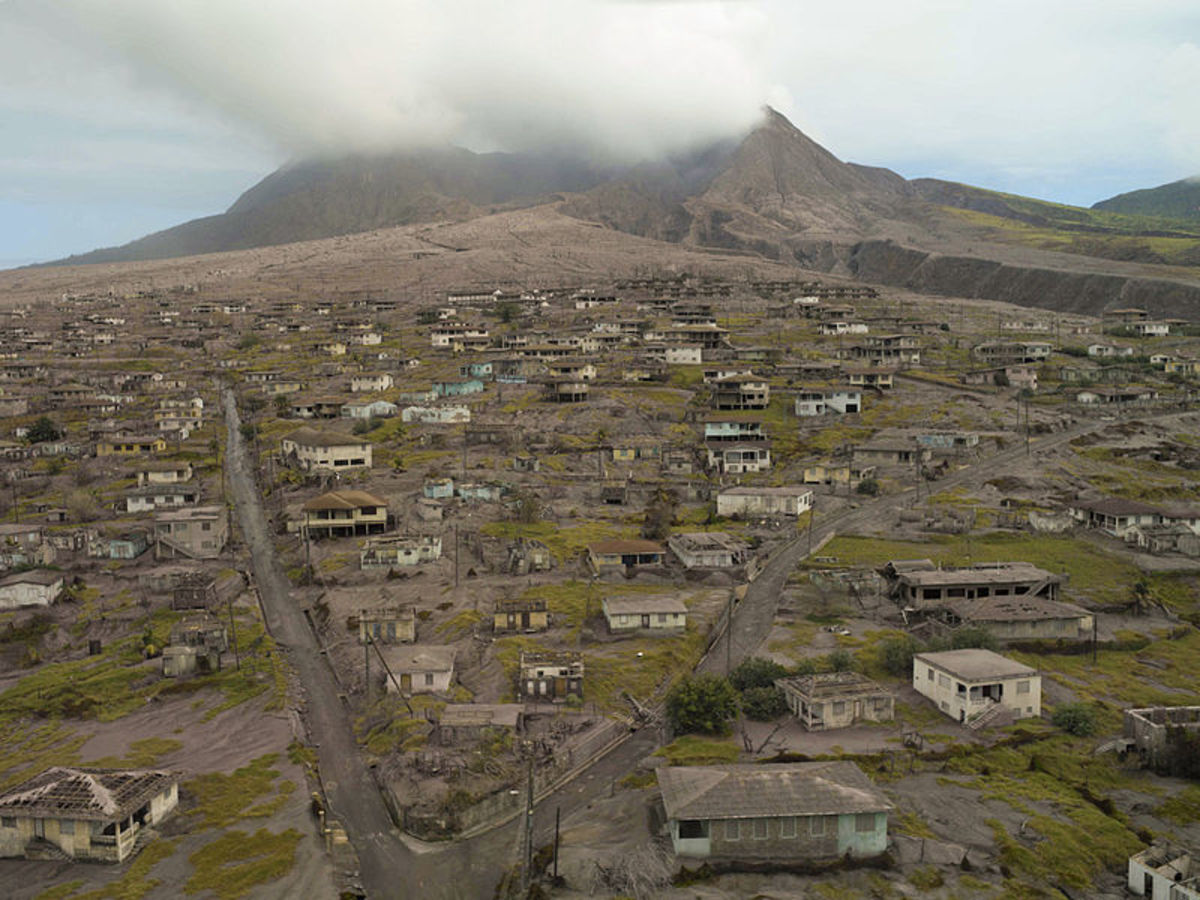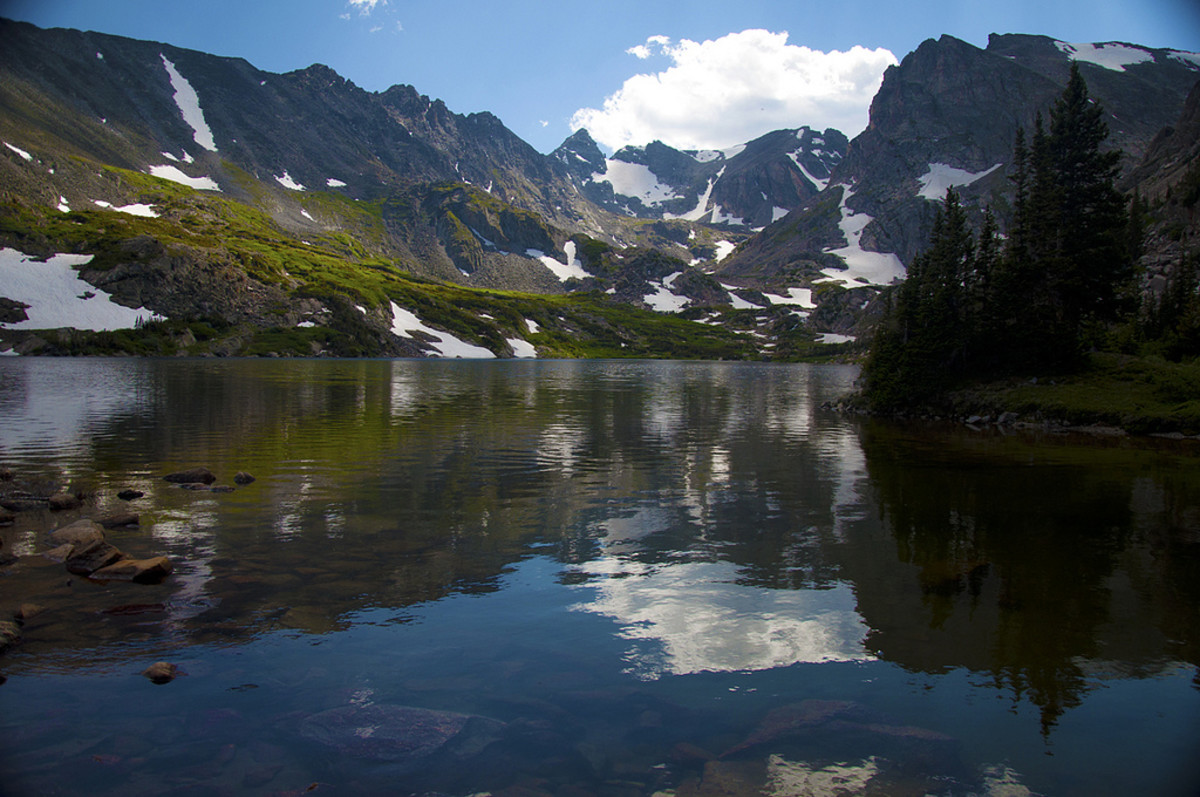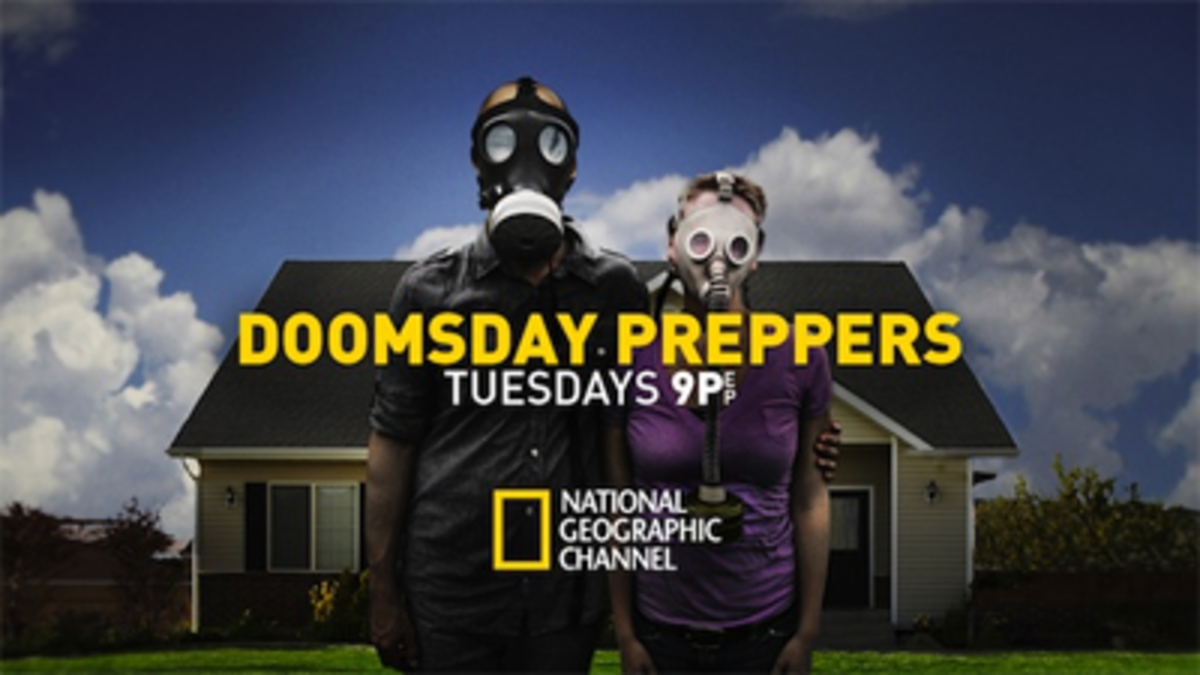Tips on How to Survive a Volcanic Eruption
Would You Survive an Erupting
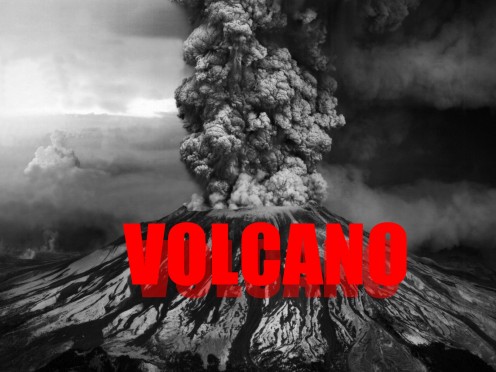
Volcanoes a Natural Hazard
Volcanic eruptions can be many times the destructive power of a any nuclear weapon known. They range in types from trickle lava flows to dynamic violent explosions of molten rock, ash, and poisonous gas that blow hundreds of feet into the air. With that said, if you should go and visit one of these locations or if you live in an area known for volcanic activity it is a good idea to have the right information to help you escape with your life.
If you live in an area known for volcanic activity like Hawaii or the Pacific Northwest of North America or you are visiting a known volcano these tips can help you in knowing what to do in advance. If you do live in an area near a volcano then it is a good idea to be ready for an eruption. I happen to live right in the shadow of a volcano (long dormant) Roxy Ann Peak a 30 million-year-old volcano in the western Cascade range.

Emergency Survival Kit
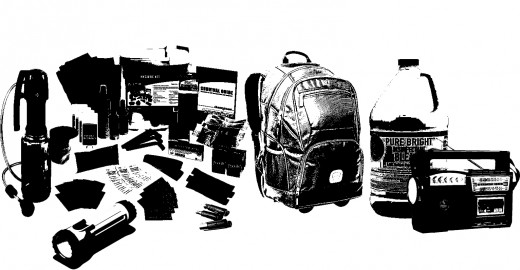
1.) Be Prepared!
- Learn what type of eruption the volcano is likely to have. Knowing this will help you deal with different types of volcanic activity.
- Always have an emergency supplies kit with 72 hours worth of food, grey water (for washing), and portable water... it is important that you store water for volcanic activity because much of the time volcanoes will contaminate all municipal and public water supplies. Have a first aid kit, blankets, warm clothing, batteries and a battery operated, hand cranked, solar powered emergency radio. Have tools on hand to turn off gas at the line to your house. Volcanic activity often begins with earthquakes. In case of a larger earthquake because of a volcanic eruption you should check to see that there are no broken gas lines by smelling for the smell of rotten eggs. Look for leaks in water lines and if you have one turn off the water from the main line outside your house. Have a portable emergency kit handy with all your necessary medications in it.
- Join your local C.E.R.T. Team or (Community, Emergency, Response,. Team) and get training for a disaster.
Please check out my article End Times Survival Network - Know all the local escape routes. In areas of well monitered volcanic activity you can get hazard zone maps from the local emergency management agency or the U.S. Geological Survey. These maps show the most likely pathways of laval flows and debris flows. They have time estimates for how long it takes for a flow to reach a given location and they divide the area in volcano zones of risk from highest to lowest. Your emergency agency should have evacuation routes mapped out for emergencies. This will let you know how safe your home and workplace are in case of an eruption. Because of the unpredictablity of volcanic activity having many routes is better in the long run.
- While visiting a volcano you should find out from the local officials if it is safe to visit the location and heed their warnings. Find out about the hazards ot accidents that happened in the past. How often does it erupt? Make sure you have a good guide that speaks your language and the local languages or that you are with a tour group when you go. Have water and food in your vehicle or in a pack with you. If you should end up being present during an eruption however unlikely you should be ready for anything.

Radio and T.V. Advisories
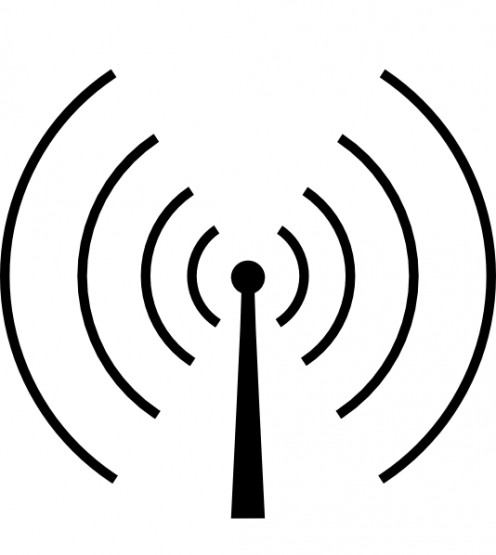
2.) Heed All Radio and Television Advisories
When an eruption happens the local emergency broadcast system will alert. If this happens tune in to find out if you are in any immediate danger. This broadcast will tell you what is happening around you. These advisories are your eyes and ears of the larger picture going on around you and will help you in making the right choices when it comes to what you need to do.

Evacuation Route
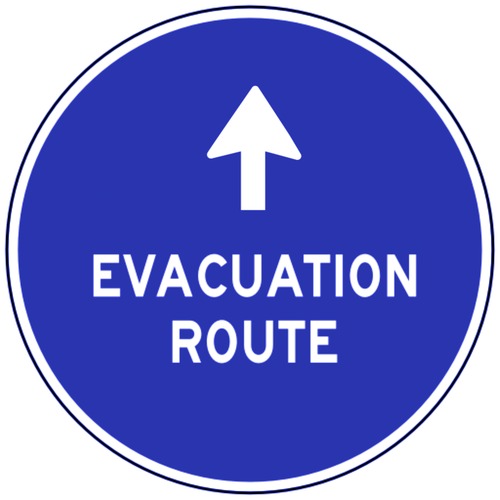
3.) Evacuations
When told to evacuate you must do so immediately. An order of evacuation means the situation has grown beyond the control of emergency services for that area and you must leave. An evacuation warning means it may be recommended to leave but you should go when advised to do so even if it is only recommended and not ordered. If not told to do anything in your area then stay put unless there is immediate danger. Trying to flee may be much more hazardous than staying in doors.

4.) Its Raining Fire!
You should watch out for raining and falling debris if near an eruption. Hot rocks, molten rock, and debris are sent high into the air during an eruption . Try to get as far away and out of range of this debris as you can and as quickly as possible. Have a gas mask or a respirator for toxic gases. Watch out for pyroclastic flows or avalanches of toxic gas, super heated air, volcanic ash and soot, smoke, and red-hot debris. These flows have more power than both bombs dropped on Japan in World War Two. Often large rocks are shot out of the caldera of a volcano and launched as super heated missiles that can rain down miles away. Stay below ridge-lines and on the opposite side the main eruption. If caught in volcanic debris rain crouch low to the ground facing away from the volcano and cover your head with your arms.

5.) Get to Higher Ground!
Lava flows, lahars, mudflows, and floods are expected during and eruption. Any of these pose a very real threat to your life. All of them are lowland dangers and travel in valleys, low lands, and river ways. Get to high ground and see if you can wait for any danger to pass.

Toxic Gas
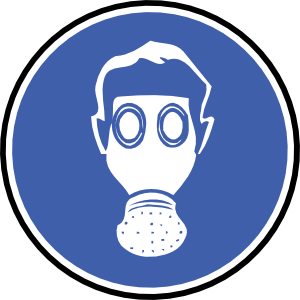
6.) Toxic Air
Volcanic eruptions emit massive amounts of deadly gas and those gases can kill in less than one minute. Get a respirator, a gas mask, a paint mask, or a piece of cloth and put it over your mouth. This will protect you from inhaling ash. Try to get away from the danger zone. Do not get low to the ground at this time because most of the gases wll be heavier than the surround air an will accumulate near the ground.

7.) Get Inside a Strong Structure
If you are unable to flee the area get inside a solid structure and stay there until the danger has passed. Close the doors and windows and watch for burning cinders.

WARNINGS
Watch out for fires when indoors. Hot debris may ignite a roof.
Watch out for the danger of roof collapse from heavy ash accumulations, If you can try to clear the roof of ash since several feet of ash can fall in less than an hour.
Do not cross lava flows, even cool looking can be nothing more than thin lava tubes made of a cooled thin crust over molten rock.
Stay away from geothermal areas, geysers, mudpots, and hot areas the areas are very active and could result in death or injury should the ground give way.
Mudflows and floods after an eruption kill more people than pyroclastic flows or lava. Even several miles from a volcano you may still be in danger.
Pyroclastic flows surge at up to 300 miles per hour.



